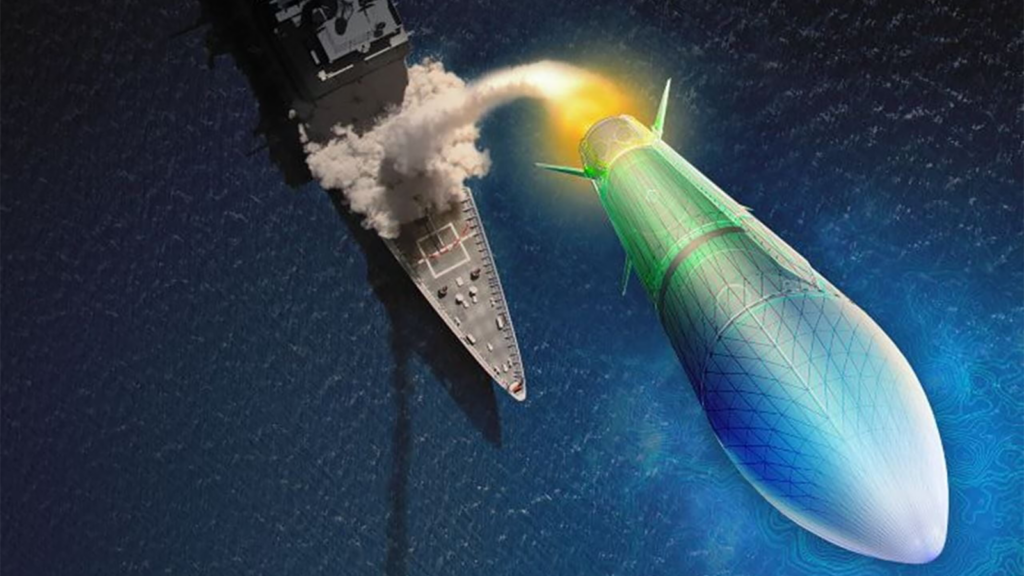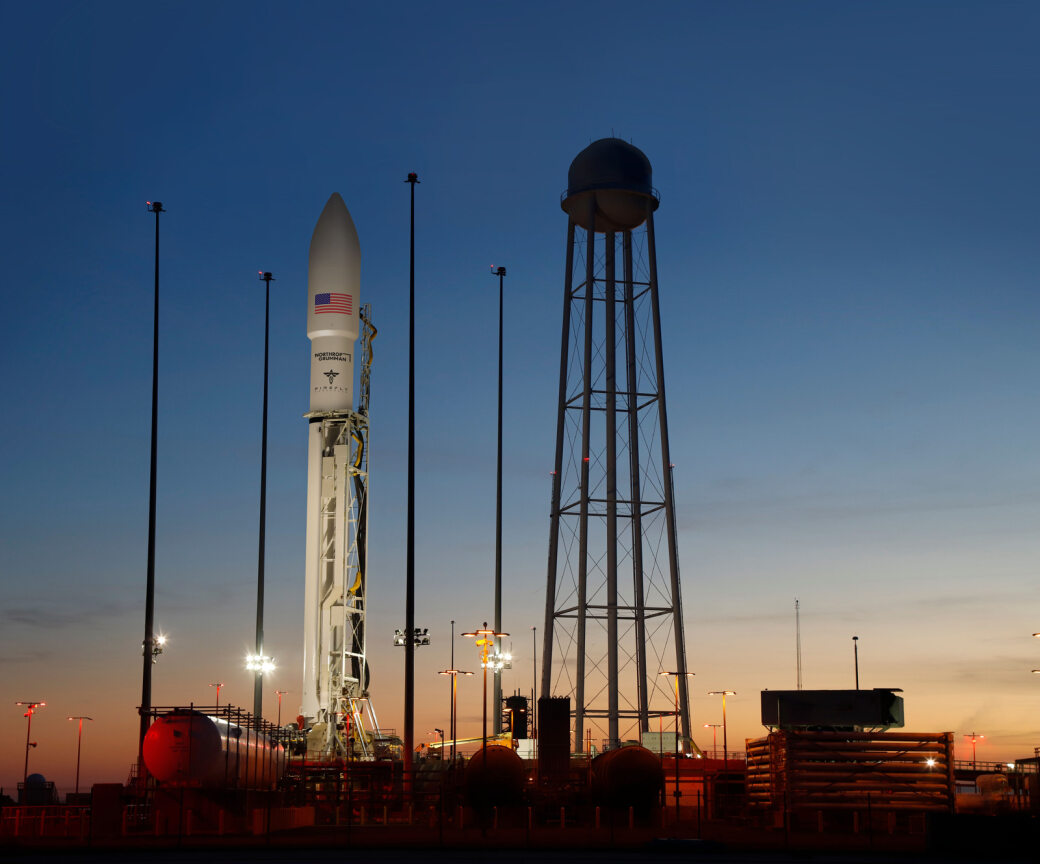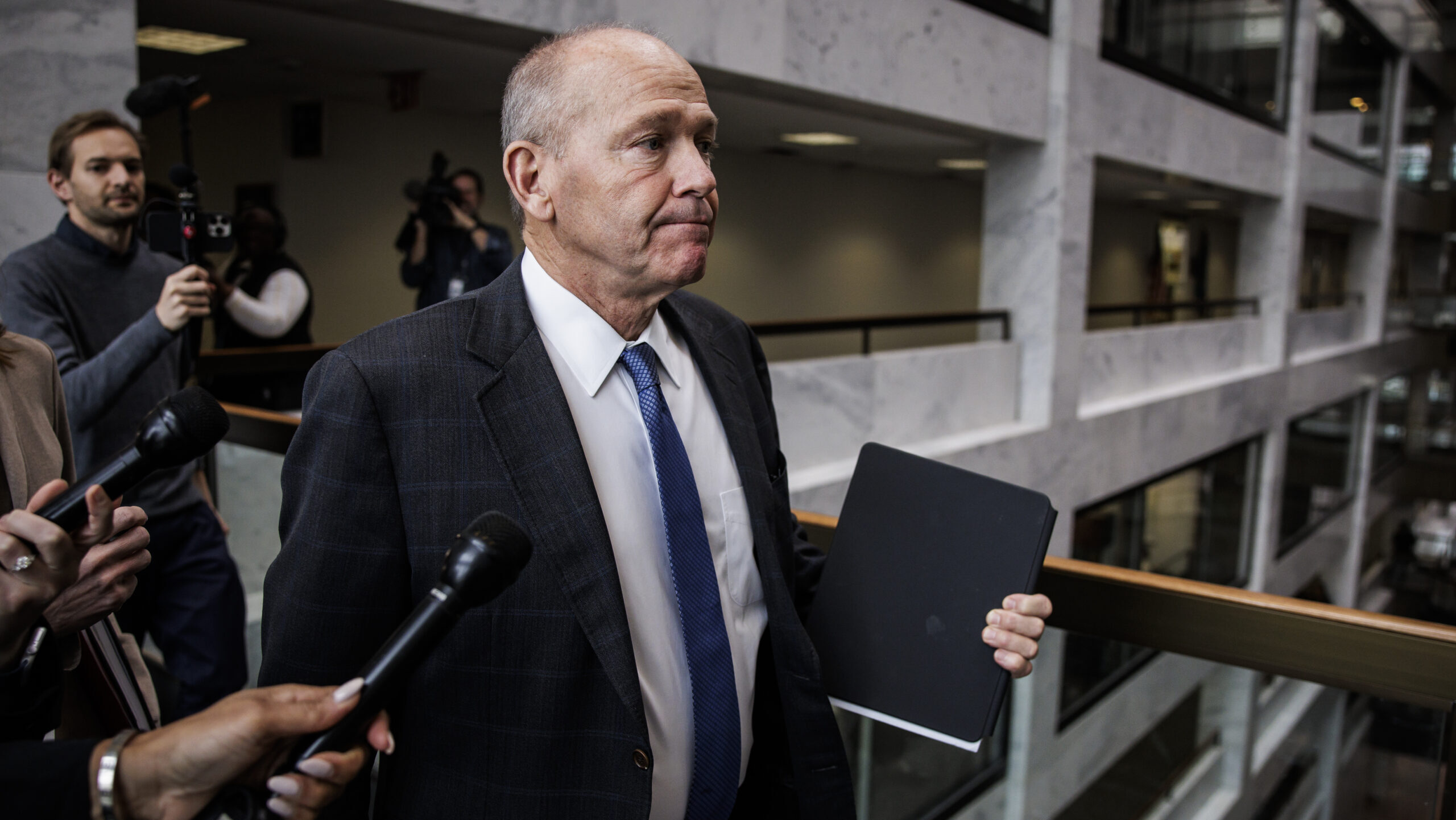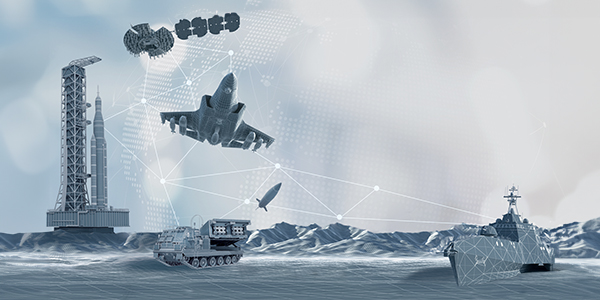
Raytheon is one of two firms selected by the Missile Defense Agency as one of the companies to develop and test the Glide Phase Interceptor, the first system specifically designed to defeat hypersonic threats. (Raytheon graphic)
WASHINGTON — Following President Joe Biden’s first trilateral summit last week with the leaders of Japan and South Korea, the Defense Department is bearing down on a formal agreement with Japan’s Defense Ministry on joint development of the Missile Defense Agency’s Glide Phase Interceptor (GPI).
“Post-Camp David, Japan and the U.S. are working to negotiate and finalize a formal project arrangement sometime next year. Specific details on funding arrangements, timing, etc. have not yet been determined. The GPI co-development will build upon long-standing U.S.-Japan missile defense cooperation and strengthen the Alliance deterrence posture,” DoD spokesperson Lt. Col. Marty Meiners, told reporters in an email yesterday.
Pentagon conversations with Japanese counterparts on GPI had already been ongoing prior to the summit, however.
At the January 2022 Security Consultative Committee (“2+2”) meeting between foreign and defense ministers, the two sides first agreed to begin collaboration on hypersonic missile research and development.
At this year’s 2+2 meeting in January, “the United States and Japan concurred with beginning discussions on potential joint development of a future interceptor,” DoD revealed in a press release yesterday. “Based on subsequent studies, the U.S. Department of Defense and Japan Ministry of Defense decided to initiate a Glide Phase Interceptor (GPI) Cooperative Development program as an important part of implementation for the 2023 U.S.-Japan bilateral Memorandum of Understanding (MOU) for Research, Development, Test and Evaluation Projects (RDT&E).”
That bilateral memo was signed by US Defense Secretary Lloyd Austin and Japanese Defense Minister Hamada Yasukazu on Jan. 12.
Tokyo and Washington for years have routinely worked together on missile defense, including sharing data from tracking radars, with an eye not just on North Korea’s ballistic missile program but also China’s ongoing build up of its nuclear arsenal.
“Japan has been a great partner to the Missile Defense Agency and to the US. One of our premier missiles that is in the Navy, the SM-3 Block IIA, was a was a cooperative development program with Japan. There’s a lot of talent there in the government workforce as well as industry,” Laura DeSimone, MDA’s executive director, told Defense News in an online interview on Aug. 17.
“And aside from that specific missile that we co-developed, we have a great relationship where for years we’ve been doing joint analysis, we’ve been doing maturity of technology. So, as the need for the Glide Phase Interceptor was identified, that was brought into the discussion to see, are there opportunities to work together here? So, for the past six months, we really intensely have been meeting together, looking at different possibilities,” she added.
Speeding US Development Plans?
Meanwhile, DeSimone said, MDA’s current GPI development program is moving forward at a good clip — with the two contractor teams led by Northrop Grumman and Raytheon (now a business unit of parent firm RTX) recently stepping over their first milestone into actual “technology development.”
“Both teams right now have the go ahead, and they’re working to the mature their concepts, to mature the higher risk elements of the technology. And we’re looking forward to future reviews,” she said.
In November 2021, Raytheon was awarded $20.97 million;, Lockheed Martin $20.94 million, and Northrop Grumman $18.95 million for GPI development. Lockheed Martin was knocked out of the competition last June, when the agency granted Northrop Grumman and Raytheon contracts firm-fixed price contract modifications worth more than $41.4 million to continue developing their proposals.
While DeSimone demurred from commenting on pending legislative efforts on Capitol Hill to speed fielding of GPI so as to reach initial operational capability not later than Dec. 31, 2029, she was reasonably optimistic that development could be accelerated. Under MDA’s current schedule for the new interceptor, budgeted at $209 million for “early risk reduction” in its fiscal 2024 request, initial operational capability wouldn’t be achieved until around 2035.
“I’d say that’s that’s everybody’s hope,” she said, explaining that “the onus” is on MDA “to make progress to mature these technologies, and if opportunities present themselves that we possibly could accelerate the schedule, we’ll come talk to the department about that and see if if that’s possible.”
The prime contractors, for their part, seem convinced that they can move as quickly as MDA and the Pentagon need them to — especially given that both say they are leveraging current technology and past experience.
Mark Ogren, vice president for business development interceptor vehicles & countermeasures at Northrop Grumman, told reporters in Huntsville, Ala. at the annual Space and Missile Defense Symposium on Aug. 7 that his firm “started investing in developing our Glide Phase Interceptor eight years ago, early to need” without waiting for a government contract “because we understood that they were going to need such an interceptor.”
That work “Ieverages our experience in targets, onboard sensors and discrimination technologies,” he added.
Ogren said that right now, Northrop Grumman is “working to advance the technical designs and move into flight testing as early as 2025, depending on the defense budget.”
Jennifer Hubbard, president of strategic missile defense at Raytheon, said in an interview with Breaking Defense on Aug. 9 that her team’s work is building off of the ship-based Standard Missile 3 (SM-3), which is launched off of the Navy’s Aegis Weapon System (AWS) vertical launcher just as GPI will be.
“We’ve been saying throughout this whole competition that we can get there a lot sooner than the original fielding requirement was,” she said.
Hubbard asserted that the primary blockage to accelerating GPI development is the current DoD “contract and acquisition strategy.”
“When we’re getting funds in very short increments for a period of performance because of the way they’re administering the contract, itt makes it difficult for us to have the funding to maybe go faster on certain development … plan to have the staff that we need to have,” she explained. “So, it’s not a question of the technology not being there. The technology is ready.”












